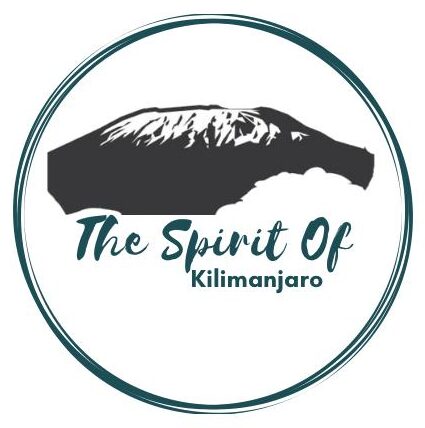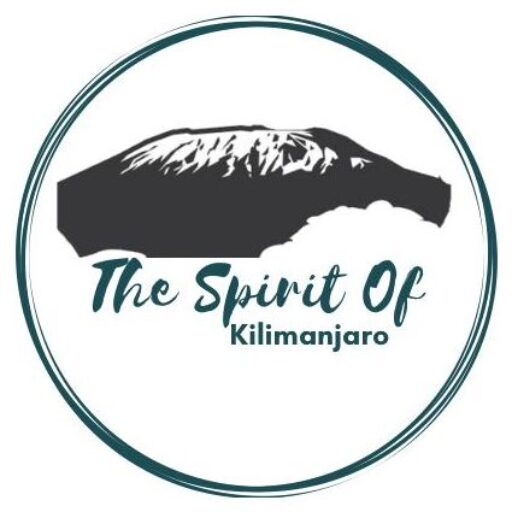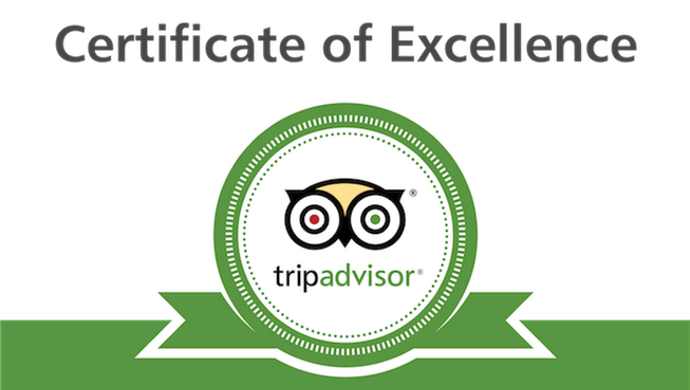Mount Kilimanjaro isn’t only the very best point in Africa – it’s the very best free-standing mountain within the world! Any climber who attempts to climb mount Kilimanjaro should prepare mentally and physically with an exercise regime and an understanding of altitude.
Every year an estimated 35,000 or more climbers combat the challenge of climbing mount Kilimanjaro. Normally, statistics show a failure rate of anywhere from 30%, to whilst high as 60% of all climbers. Meaning anywhere from a 3rd to a half all climbers turn back.
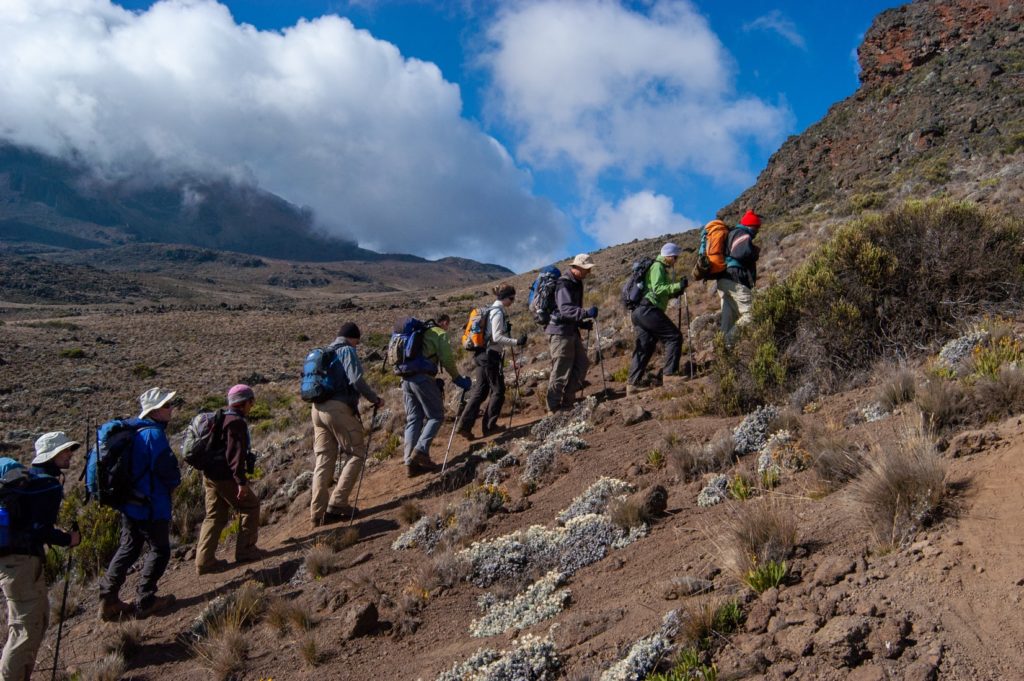
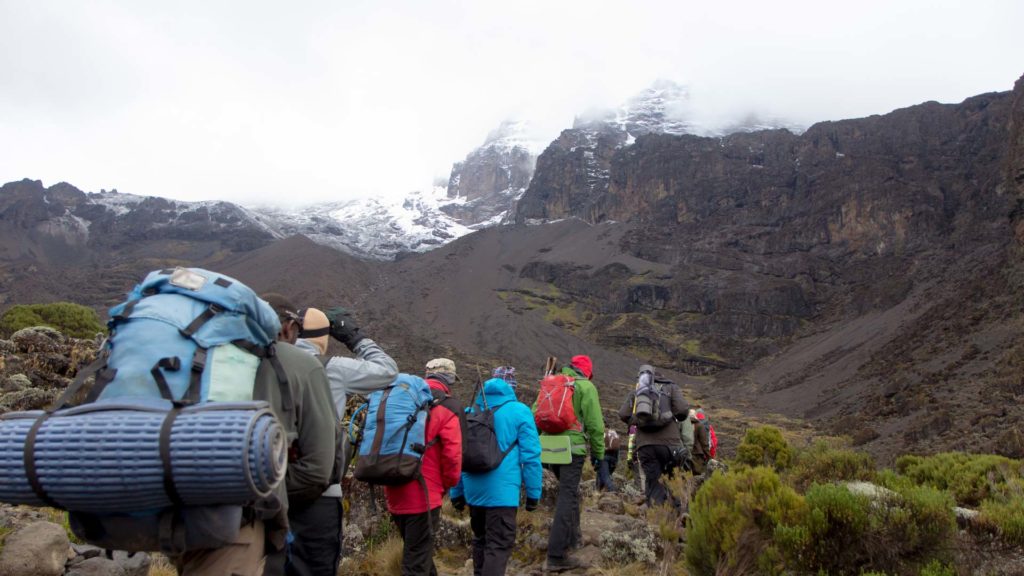
While Kilimanjaro may be a ‘walkable mountain’ – meaning there’s no need for specialized equipment to succeed in the highest – it doesn’t mean that it’s a simple climb. Hikers should be physically and mentally fit, but at (5,895 m), simply being in top physical shape might not be enough. Training for Kilimanjaro is important for a secure and successful summit.
How to steel oneself against High Altitude?
Climbing a mountain isn’t merely about one’s cardiovascular endurance. Lower saturation of oxygen experienced at higher altitudes features a physical effect on all bodies; even the foremost athletic. While cardio exercises certainly help prepare the body for the physical activity every hiker will engage in during the climb, aerobics alone cannot fully steel oneself against the conditions at 19,000 feet/5790 meters.
Oxygen at Various Altitudes
Explore the chart below, provided by hypoxico.com that helps explain the oxygen saturation levels at various Mount Kilimanjaro altitudes:
Oxygen at Various Altitudes
Explore the chart below, provided by hypoxico.com that helps explain the oxygen saturation levels at various Mount Kilimanjaro altitudes:
| Altitude (feet) | Altitude (meters) | Effective Oxygen Percentage | Similar Location |
|---|---|---|---|
| Sea Level | Sea Level | 20.90% | New York, USA |
| 2000 | 609 | 19.40% | |
| 3000 | 914 | 18.60% | Chamonix, France |
| 4000 | 1219 | 17.90% | Salt Lake City, USA |
Mount Kilimanjaro is at an altitude of /5,895 meters, meaning that each breath accumulates but half the quantity of oxygen that one breathes stumped level.
Now, those that already reside at higher altitudes are at a plus. Their bodies have adapted over time to the less saturated oxygen. However, that ‘advantage’ isn’t necessarily everything – because nobody lives at the high altitude of the height of Kilimanjaro. regardless of your normal altitude level, there’ll be some amount of acclimatization for all hikers.
It is imperative to permit for adequate acclimatization to a successful climb; meaning, don’t attempt to run up the mountain. Schedule your climb with adequate days to make sure your body is appropriately (and safely!) adjusting to the increased altitude.
Prepare for the altitude of Kilimanjaro by training on a daily basis a minimum of 8 weeks before beginning your climb. workout is vital, and a routine should be a minimum of 4 times every week and include aerobic exercises, strength training, and hiking. Also, consider the utilization of altitude simulators to offer you even more of a plus and assist you to reach Kilimanjaro’s Uhuru Peak.
Aerobic Training for Climbing Mount Kilimanjaro
Every climber should engage in regular aerobic training to organize for Climbing Mount Kilimanjaro. Cardiovascular exercise or just, ‘cardio’, often exercises like running, jogging, cycling, and even aerobic dance classes. Cardio is an efficient method of coaching for climbing Kilimanjaro because it increases pulse and breathing.
Cardio isn’t the sole exercise to specialize in, but it’s a crucial one to urge your body to good fitness. attempt to regularly participate in aerobic exercises that simultaneously develop leg muscles to urge your legs toned for climbing Kilimanjaro.


We suggest 3-4 days every week of 40 minutes or more of aerobics to stay the guts and lungs in fine condition for the upcoming trek. It doesn’t need to be grueling, even dancing is often effective, as long because it gets your pulse up!
Strength Training for Climbing Mount Kilimanjaro
No one climbs Kilimanjaro by memory alone (physically or metaphorically). Climbers use their legs to urge them to the highest, so confirm your legs are strong!
Set aside 2 sessions every week for strength training, especially for legs. However, don’t focus only on the legs. Be diverse in your exercises and include back chest, and arms also. you’ll be carrying each day pack during your trek, after all.
Kilimanjaro climbs include 6-8 hour days of ascending hikes for five or more days and a really long descent. Your legs got to be ready for this tough climb, so make sure you are becoming the muscles toned. The climb-up is going to be a challenge on your calves and hamstrings, while the descent will put your quad muscles to the test.
You aren’t aiming for definition and bulk with this weight training; you would like your muscles to be strong and ready to endure hours of hiking at a steep incline.
Stretching and Warming Up may be a Must
Make sure to always warm up the muscles with light exercise before beginning strength training or targeted aerobic activity. This helps to avoid muscle strains, pulls or maybe worse – a tear! No point in having to take a seat out every week or longer recovering from a muscle injury simply because of skipping a five-minute warm-up.
Five minutes of brisk walking or a lightweight jog, followed by stretching isn’t to be missed.
Remember, training is the maximum amount of a process of caring for your body because it is targeting specific muscles or improving endurance. Push yourself, but respect your body’s boundaries and gradually increase the problem of coaching. Every time warm-up before a workout, and take time to stretch your muscles after a training session.
Practice Hiking at Altitude
Hands down, the foremost effective activity to organize for climbing Kilimanjaro is to hike the maximum amount possible!
Reaching the summit is actually a really long, multi-day hike at increasingly higher altitudes. Hiking at high altitudes is that the best thanks to preparing your heart and lungs for what’s to return.
The most effective activity to organize for climbing Kilimanjaro is to hike the maximum amount possible
If you’re fortunate to measure at or near a better elevation, cash in on the hikes in your area. Book a weekend to climb a mountain in your vicinity, or approach to the very best elevation possible and spend the afternoon walking (or jogging!) around within the reduced oxygen.
You will be developing your leg muscles, participating in aerobics, and exposing your lungs to a better altitude.
Some trekkers climb Mount Meru (4,564 m), in Arusha park in preparation for Kilimanjaro. If some time and budget allow, this is often an excellent option!
Simulate High Altitude
Not everyone has the advantage of a mountain in their backyard if you can not physically get to a better altitude to trainer, you will simulate one. There are several options for choosing altitude simulators, from masks to wear while exercising to transparent covers that cover your bed and operate while you sleep.
Masks
There are oxygen privation masks or altitude simulator masks which will be worn either while exercising, or possibly just while watching tube. the thought is that they reduce the amount of oxygen reaching the lungs as a order of preparing for the less soused oxygen at late elevations.
Training with masks to organize for Kilimanjaro is batted in fresh detail further on during this paper.
Tents
Altitude simulator ceilings are retailed either as a transparent fitting that covers your own bed event, or a separate genuine ceiling which will be institute out on a flat surface within the home. The‘ chamber’s controlled with a founder that pushes out the regular oxygen of your medium and pumps in lower soaked oxygen, mimicking a better altitude. These products are to be used during sleep or rest, not while exercising, and used for as multiple hours as possible to assist your body edit to the simulated elevation.
The benefit to sleeping in an altitude simulation tent around your own bed event is that your body adventures reduced oxygen reaches for a protracted period of your time. even so, it’s doubtful anyone can exercise with a mask for a full 8 hours a day!
, If you get a full 8-hours of sleep your body gests the simulated altitude for that duration. Tents or bed enclosures are available from Altitude Tech or Hypoxic. They work by altering the oxygen in your sleeping space to duplicate that of a better altitude. You do n’s got to do anything but lay down and sleep, while your body naturally adapts to the mimic-edh elevation. survey this Gear Junkie review for further information.
Altitude simulation products want an investment, but might be well worthwhile if they prop you acclimate more freely to the extreme elevation of Kilimanjaro.
Mental Stamina - Know Your Limits
It’s in your head
Kilimanjaro isn’t accomplished during a few days, and your attitude going into what could also be every week on the mountain is vital.
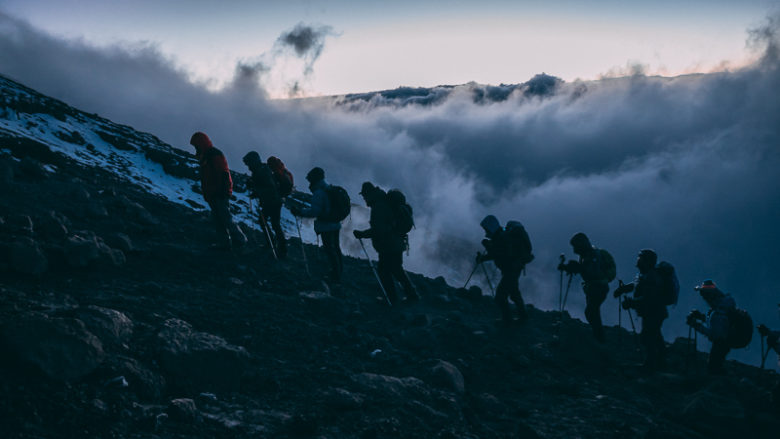
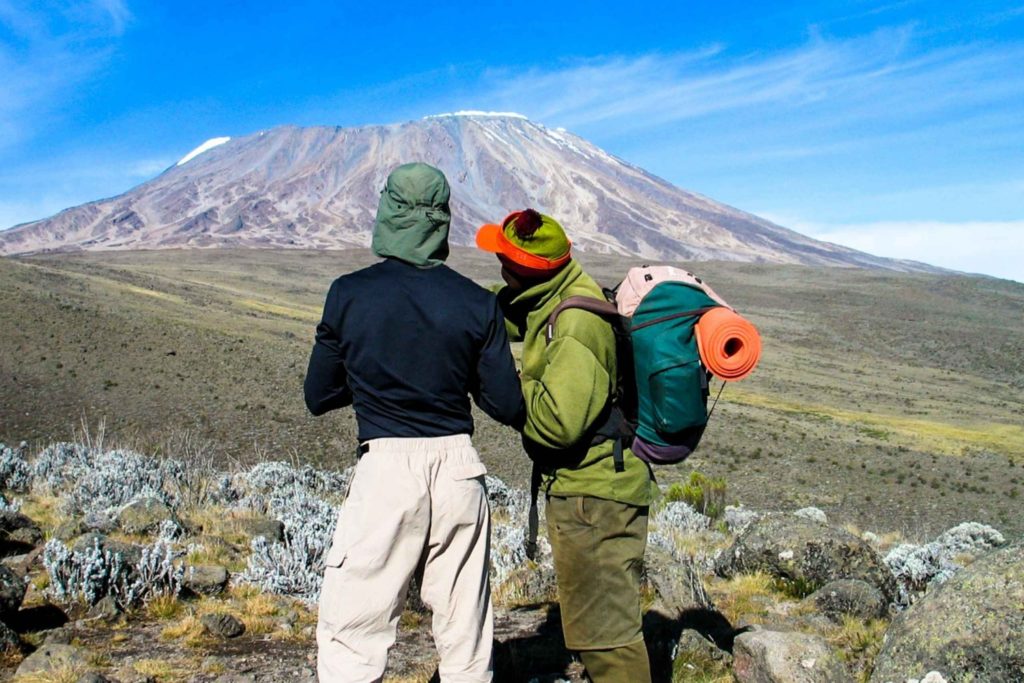
Hiking or trekking is simply mental because it is physical. While you’ll hike with a gaggle, it doesn’t really desire a ‘team sport’. an excellent deal of your time is spent hiking with just your thoughts to yourself – and people’s internal thoughts are often incredibly powerful.
Having a positive mental outlook is vital for arrogance to succeed at the highest. it’ll be your own inner voice cheering you on, or, if you’re not focused – negative ideas that bring you down. Make a concerted effort to stay your thoughts positive, either using affirmations on a daily basis or shutting down negative thought patterns.
Having a positive mental outlook is vital for the arrogance to succeed in the highest
Training well beforehand for climbing Kilimanjaro can put you in a positive mental space, even as very much like being physically fit. you’ll counteract negative self-talk by reminders of all the diligence you set within the weeks before and therefore the hikes you took to organize for this upcoming trek.
In those early morning hours, once you are pushing for the ultimate stretch, and are feeling equally of the challenge to climb the very best mountain in Africa, rather than hearing self-doubt, your inner voice is going to be urging you on because you worked so hard for this moment.
However, safety is usually the primary priority. you ought to never push yourself beyond the boundaries of health and safety. While feeling ‘winded’ or ‘out of breath’ are often normal at a high altitude, nausea or vomiting, a sudden and extreme headache are symptoms of hypoxia and will be taken seriously.
Keep this in mind during your training also as your active climb of Kilimanjaro.
Climbing Mount Kilimanjaro Training Plan
Mountain Hiking Workout Program
The below chart contains guideline only. We recommend working out with this type of Workout 4 or 5 days a week, at a minimum of 9 weeks before climbing Kilimanjaro.
| Warm Up and Stretch | 5 minutes | |
| Aerobic Exercise | 15 minutes | Cycling or jogging |
| Strength Training | 10-12 reps (3 sets) | Squats – Leg press – Calf raises – Leg curls |
| Body-weight Training | 25 reps | Lunges – Sumo Squats |
| Aerobic Exercise | 20 minutes | Stairmaster or Cycling or running on an incline |
| Cool Down and Stretch | 8 minutes | Cycling or jogging |
| Estimated Total Time | 1 hour 10 minutes |
Boosting your hiking skills
We suggest hiking outdoors in your homeland in preparation for your Kilimanjaro climb, unless you’re using an altitude simulator mask and are feeling self-conscious, get outdoors!. Don’t let the weather be a deterrent – it’d be raining or freezing cold on Kilimanjaro – you’re training for the trek.
Try to complete two long hikes per month and shorter hikes hebdomadally. Incorporate walking alternately on heels, then toes to focus on specific leg muscles. make sure you walk both uphill and downhill during your hike to organize your body for the ascending and descending climbs.
If you’re hiking outdoors, find a neighborhood with diverse terrain that comes with uphill and downhill climbing naturally. If you’re restrained to a treadmill, ensure each session includes the suggested amount of your time walking up and down, respectively.
| Week 1 | Week 2 | Week 3-4 | Week 5 | Week 6-7 | Week 8+ | |
|---|---|---|---|---|---|---|
| Distance of Hike | 2.5 mile (4 km) | 5 mile (8 km) | 3 mile (4.8 km) | 6.5 mile (10 km) | 3.5 mile (5.6 km) | 7 mile (11 km) |
| Uphill Walking | 20 minutes | 30 minutes | 15 minutes | 30 minutes | 30 minutes | 1 hour |
| Downhill Walking | 10 minutes | 15 minutes | 15 minutes | 40 minutes | 15 minutes | 30 minutes |
| Walk on Heels | 3 minutes | 4 minutes | 4 minutes | 4 minutes | 4 minutes | 4 minutes |
| Walk on Toes | 3 minutes | 4 minutes | 4 minutes | 4 minutes | 4 minutes | 4 minutes |
Oxygen deprivation training - Mask Workouts
As mentioned above, there are several options for preparing for a better elevation if you can’t physically get to an increased altitude. One such option is to exercise while wearing an oxygen deprivation mask.
These masks are designed to be worn while exercising to encourage the body to organize for fewer oxygen at higher altitudes. a tough run already makes athletes breathless, now, additionally you’re wearing a mask to limit your oxygen intake. Your lungs are getting to feel it!
Some climbers utilize this approach to spice up their endurance and ‘trick’ their lungs to thinking they’re already at a better altitude, right within the gym.
However, understanding with an oxygen deprivation mask may be a controversial training strategy. for instance , this review by Gear Patrol suggests that oxygen deprivation masks aren’t effective, because understanding under such conditions for an hour approximately doesn’t help the body to adapt because it doesn’t cause an increased production of red blood cells within the body, which bring oxygen to the muscles. Only actually experiencing high altitude are able to do such.
Alternatively, this text by Hypoxic suggests that while, admittedly, the masks don’t replicate altitude with regard to the decreased saturation of oxygen, they are doing help the lungs to exercise in such how on prepare them for the conditions at higher elevations.
Those wishing to coach with oxygen deprivation masks should have doctor’s approval and ensure they’re following the directions precisely to avoid injury or negative side effects.
Train Without Altitude Simulation
If you aren’t curious about making a financial investment in altitude simulation products, especially as they’re under debate; consider focusing solely on your fitness . within the end, only you’ll control how well, how often and the way seriously you train for climbing Kilimanjaro.
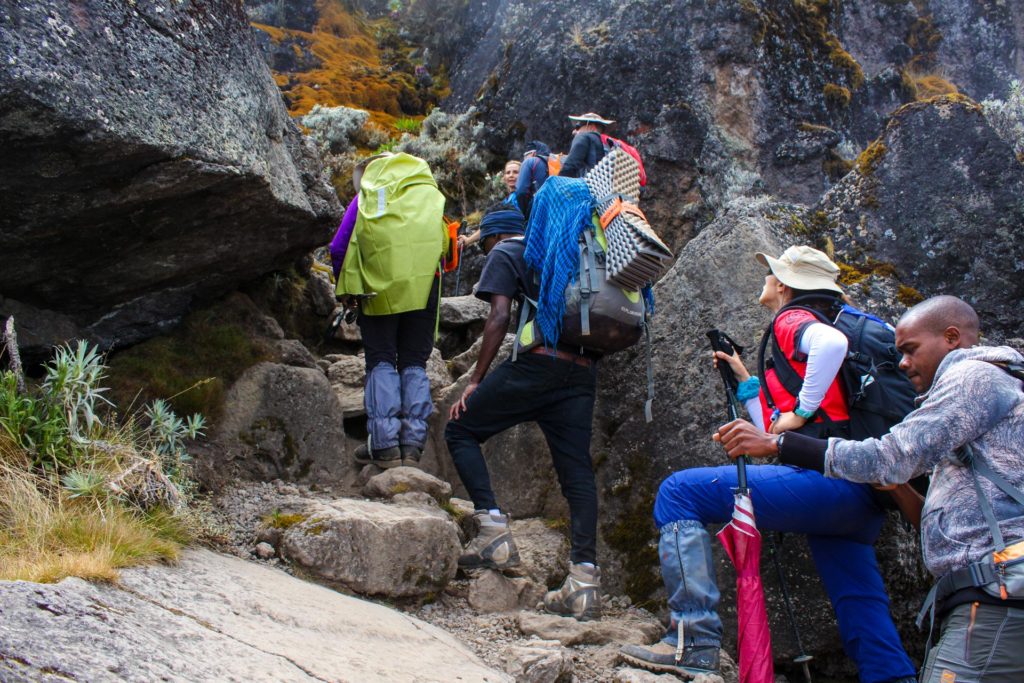
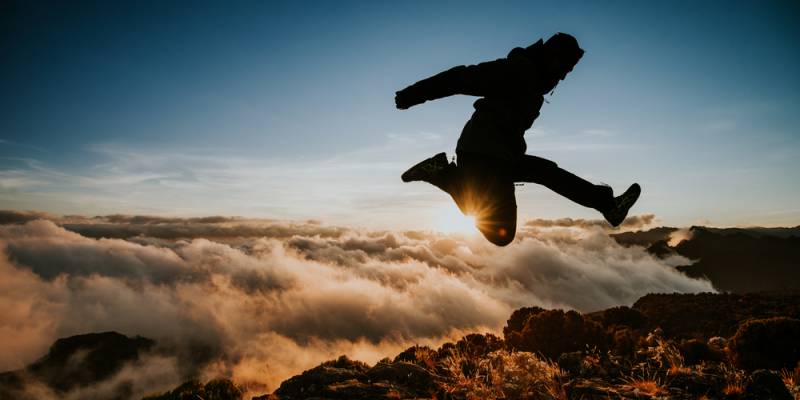
It’s difficult to urge motivated to coach for climbing Kilimanjaro once you aren’t in Tanzania. Or, perhaps your trekking group is scattered across the world . it’s winter and you’d like better to avoid the snow and cold.
No more excuses!
Visit fit Trips and choose one among their Training Programs to assist you get motivated and stay a schedule. They focus specifically on getting you fit international experiences so you’ll enjoy your trip to the fullest. once you reach Uhuru Peak you’ll be glad you did!
FAQ
How long should you train for Climbing Mount Kilimanjaro
We suggest training a minimum of 8 weeks before your scheduled climb, but please note this is often the minimum. the earlier you start training the higher your chance of success!
Don’t expect to travel from zero to 100 during a few weeks; if you’re already fit and include cardiovascular exercise throughout the week, increase the intensity and length a minimum of 4 times per week for targeted training for your Kilimanjaro climb.
If you haven’t been active in a while , begin as soon as possible. confirm to incorporate aerobics and strength training in your routine, and aim for 4 or more days every week until your Tanzanian adventure begins.
What Is The Best Climbing Workout Routine?
While hiking at high altitudes could also be the simplest workout routine, most schedules don’t leave 6-hour hikes during the week.
Instead, prospective climbers can aim for 3 gym days every week that include cardio and strength training exercises, and complete 2 longer hikes monthly . Throw a weighted gain during that hike, only for good measure.
Here may be a sample workout routine by week, to point out the way to incorporate strength training, cardio, and hiking hebdomadally .
Ideally, begin 8-10 weeks before the scheduled climb:
| Week 1 | Week 2 | Week 3 | Week 4 | Week 5 | Week 6 | Week 7 | Week 8 |
|---|---|---|---|---|---|---|---|
| Aerobic Training | Aerobic Training | Aerobic Training | Aerobic Training | Aerobic Training | Aerobic Training | Aerobic Training | Aerobic Training |
| 2 sessions | 2 sessions | 2 sessions | 3 sessions | 3 sessions | 3 sessions | 4 sessions | 4 sessions |
| Weight Training | Weight Training | Weight Training | Weight Training | Weight Training | Weight Training | Weight Training | Weight Training |
| 1 session | 1 session | 1 session | 2 sessions | 2 sessions | 2 sessions | 2 sessions | 2 sessions |
| 1-2 Hour Hike | 3 Hour Hike | 1-2 Hour Hike | 3-4 Hour Hike | 2-3 Hour Hike | 3-4 Hour Hike | 3-4 Hour Hike | 4-5 Hour Hike |
How Hard Is It To Climb Mount Kilimanjaro?
This can appear to be a trick question.
It is hard, little question – and therefore the challenge is what makes it so awesome! nobody would brag about it, frame their certificate of the successful climb, or take a photograph at the height unless it had been difficult.
But, there are some things every climber can do to extend their chances of success – and a few of them don’t have anything to try to to with training at all!
The time of year can have an influence on the weather that greatly impact a climb. for instance , the season in Tanzania is typically from April-early June. this point of year is usually harder to climb Kilimanjaro , as you’re almost bound to be hiking in rain and dirt and be generally wet throughout your climb.
The pleasant weather in January and February, and August through October is typically more favorable for climbing, although rain can happen at any time.
There are seven routes for Kilimanjaro, but all of them reach an equivalent summit: Rongai, Machame, Marangu, Lemosho, Shira, Northern Circuit, and Umbwe. Routes vary in their direction of ascent, either north or south, and differ in technical difficulty. Choosing an easier-rated route, with protection from wind might be a plus for climbers. Machame and Rongai routes are an honest choice as they’re considered to possess the very best success rates for climbs.
Acclimatizing to the upper altitude is one among the foremost important factors for a successful climb. Four or five-day treks have rock bottom success rates because climbers have little time to acclimatize their bodies to the upper elevation. Climbing Kilimanjaro may be a huge undertaking, and trying to hurry up the time by cutting a couple of days short could end in failure. we propose seven or eight-day climbs to assist adapt to the altitude and increase the prospect of success.
Can You Climb Mount Kilimanjaro Without Training?
In short, yes.
Many trekkers have reached the summit without prior training. However, thousands of climbers turn back per annum without reaching the highest .
It’s difficult to urge exact figures on success rates for Kilimanjaro climbs. Tour companies want to market themselves and should show a high percentage of successful climbs, but that would be one member of a gaggle making the climb successfully, and not include other members of a gaggle that abandoned the hop on the ultimate day. Also, they might display assumed successful climb numbers for all of Kilimanjaro, not necessarily how their own company ranks.
Tour companies want to market themselves and should show a high percentage of successful climbs, but that would be one member of a gaggle making the climb successfully, and not include other members of a gaggle that abandoned the hop on the ultimate day.
For now, it’s estimated that anywhere from 30-50% of climbers don’t summit Kilimanjaro. this might be from any number of things thanks to weather, attempting a difficult route, or hypoxia .
Certainly, an outsized number of climbers don’t succeed against the tallest mountain in Africa because they didn’t train for the climb. Trekking Kilimanjaro is an investment of your time , money, and energy. it’s worthwhile to place within the extra effort to organize beforehand for a tremendous experience and not turn back on the Judgment Day .
No one can control the weather or predict if it’ll rain during your climb. Every climber features a choice in what percentage days and which route to hike for Kilimanjaro. But even more important, each climber has the foremost influence over their fitness before beginning this multi-day hike. Training are often the foremost important factor separating success from failure on Kilimanjaro.
Trekking Kilimanjaro is an investment of your time , money, and energy. it’s worthwhile to place within the extra effort to organize beforehand for a tremendous experience and not turn back on the Judgment Day .
For now, it’s believed that anywhere from 30-60% of climbers don’t summit Kilimanjaro. this might be from any number of things thanks to the weather, attempting a difficult route, or hypoxia.
Certainly, an outsized number of climbers don’t succeed against the tallest mountain in Africa because they didn’t train for the climb. Trekking Kilimanjaro is an investment of your time, money, and energy. it’s worthwhile to place within the extra effort to organize beforehand for a tremendous experience and not turn back on Judgment Day.
No one can control the weather or predict if it’ll rain during your climb. Every climber features a choice in what percentage days and which route to hike for Kilimanjaro. But even more important, each climber has the foremost influence over their fitness before beginning this multi-day hike. Training is often the foremost important factor separating success from failure on Kilimanjaro.
Trekking Kilimanjaro is an investment of your time, money, and energy. it’s worthwhile to place within the extra effort to organize beforehand for a tremendous experience and not turn back on Judgment Day.
Conclusion
Preparing for Kilimanjaro requires a time commitment months before ever boarding a plane or packing a bag.
The challenge is what makes the climb glorious; nobody can roll in the hay for you, it’s hard-earned only by your own sweat and hours of coaching. Keep the top goal in mind as you train for Kilimanjaro. Sore muscles, sweat, exhaustion, and maybe even a financial investment in an altitude simulator, could seem overwhelming initially. But, once you stand on the snow-covered Uhuru Peak, inhaling that cold, lower-saturated oxygen on the Roof of Africa, it’ll all be worthwhile. you’ll have achieved summiting the very best mountain in Africa – and you probably did it all by your own dedication and diligence
Read other articles
With spirit of Kilimanjaro, you get top-quality service without the inflated cost. Our goal is to work with you to form the right itinerary that supported your needs, abilities, and desires. we’ll assist you to plan every aspect of your climb, providing everything you’d like for a successful summit and enjoyable experience. Won’t you join us on the roof of Africa?
Get a Newsletter
* Join the newsletter to receive our best monthly deals
- CLIMB KILIMANJARO
- KILIMANJARO CLIMBING GUIDE
- MOUNT MERU CLIMB
- ARUSHA
- MOSHI
Login
Enquire Today
Start Planning Your Tanzania Holiday
Please fill in all fields – an email will be sent with complete journey details.
Need Help? Chat with us
Start a Conversation
Hi! Click one of our member below to chat on WhatsApp
The team typically replies in a few minutes.
